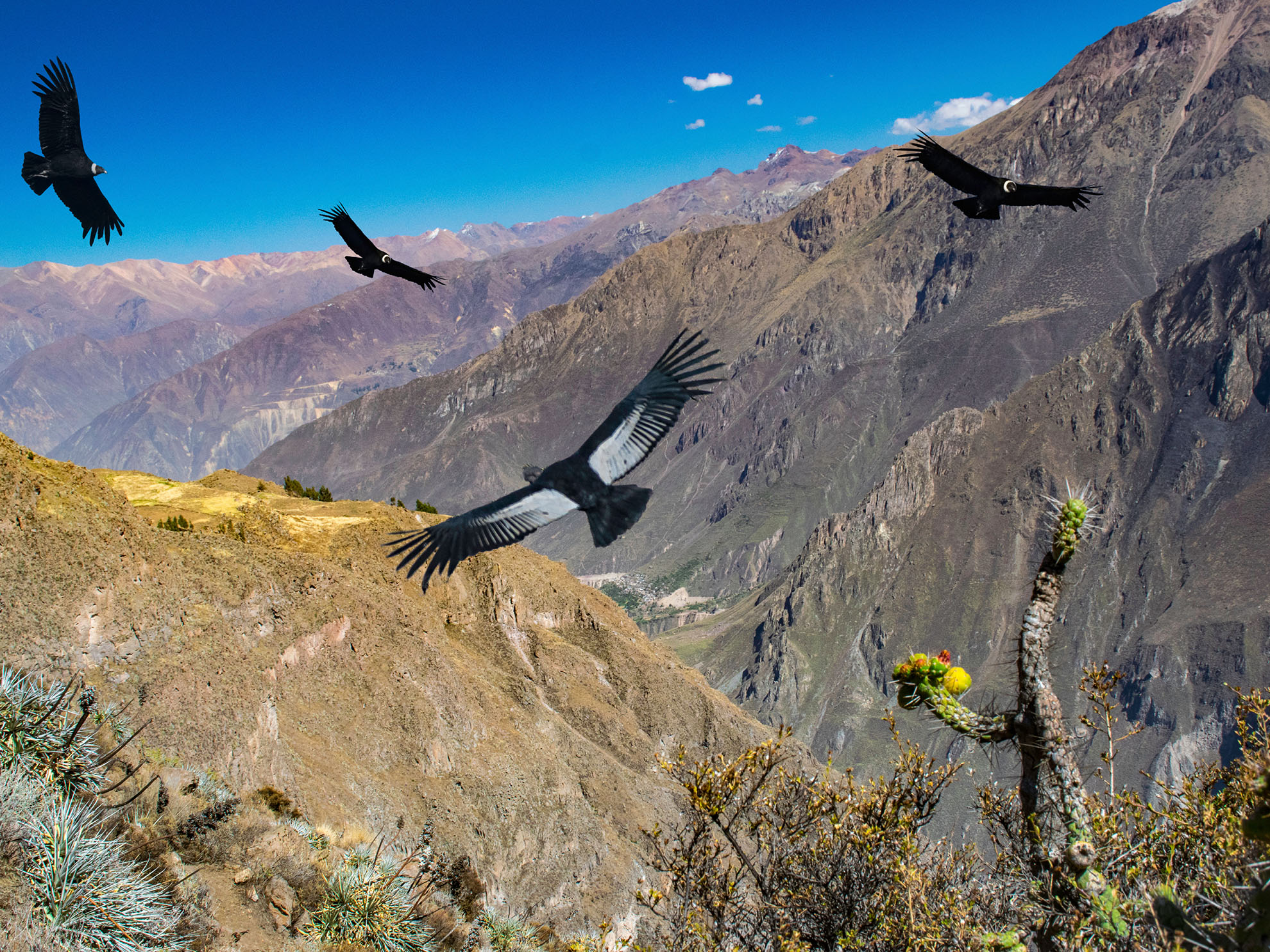
Partners are caring for recovering birds, evaluating care and quarantine facilities, identifying where improvements are needed and developing strategies should another HPAI outbreak occur in condors.
#PERUVIAN CONDOR TRIAL#
Samples collected during the trial will be sent to the USDA’s Southeast Poultry Research Center for analysis of HPAI antibodies and immune response. In the upcoming days, we will closely monitor the black vultures’ response to the vaccine and evaluate the results before conducting similar trials in condors. Depending on the results of the vulture trials, the second step will be to implement the trial on twenty-five captive California condors. The trial in vultures will not only help determine the safety of the vaccine, which was developed for poultry, but will also inform the level of vaccine-induced immunity. Trials began on May 16 with the vaccination of 20 black vultures in two cohorts, with 8 additional birds as controls, as a surrogate species. Before vaccinating the condor flock, the vaccine will be evaluated through a trial, which was collaboratively developed by the Service, USDA APHIS and U.S. On May 16, USDA Animal and Plant Health Inspection Service announced approval of emergency authorization for the use of a vaccine to help protect California condors against HPAI.

The Incident Command will provide updates on the incident and field operations in this format on a routine basis until further notice. Partners and stakeholders have initiated vaccine trials, are working to improve the ability of flock managers in swiftly responding to potential future HPAI outbreaks, determine appropriate timing for the release of birds in care, and support field monitoring.

Fish and Wildlife Service’s Incident Command Team, in collaboration with partner agencies, continues to respond to Highly Pathogenic Avian Influenza (HPAI), also known as bird flu, in the Southwest flock of California condors.


 0 kommentar(er)
0 kommentar(er)
